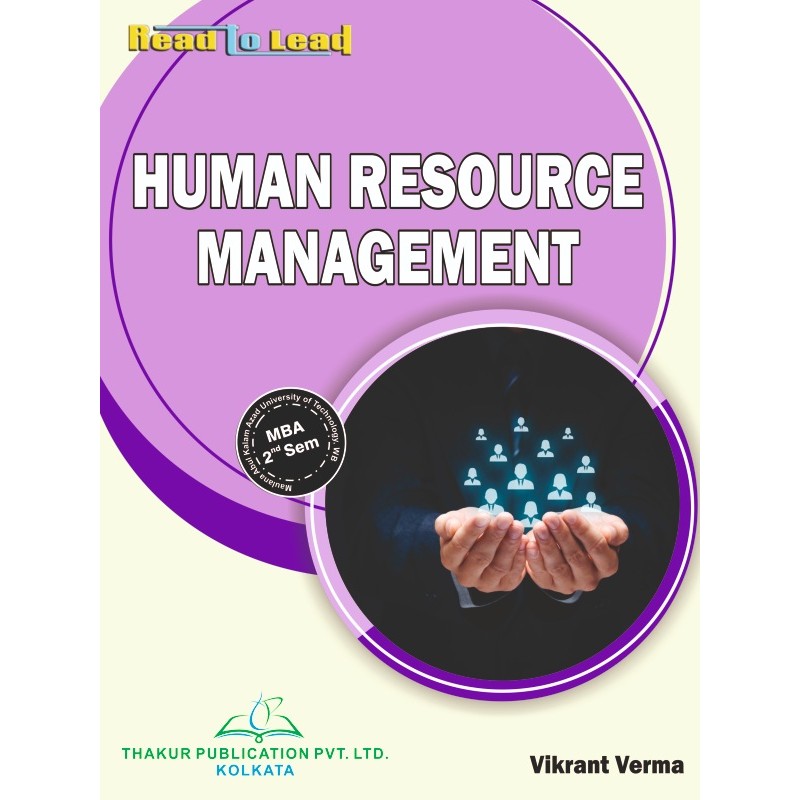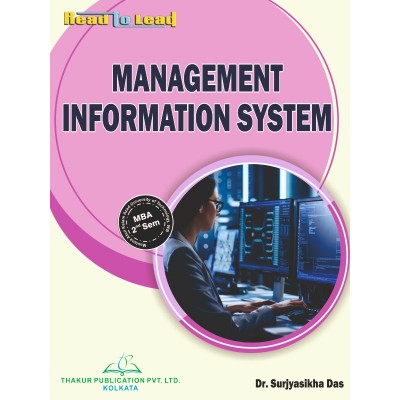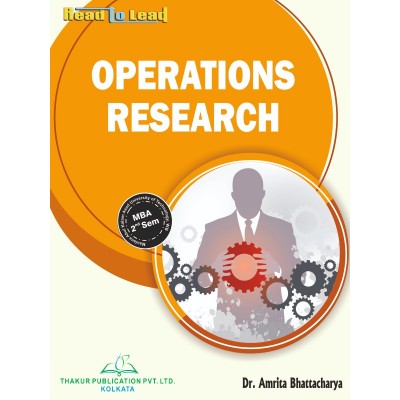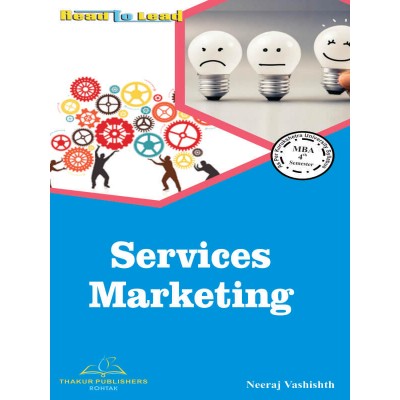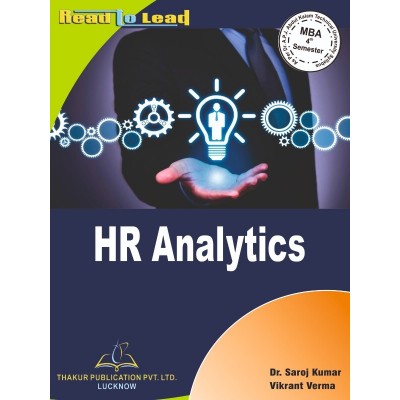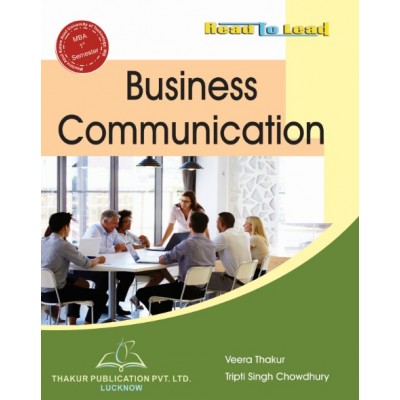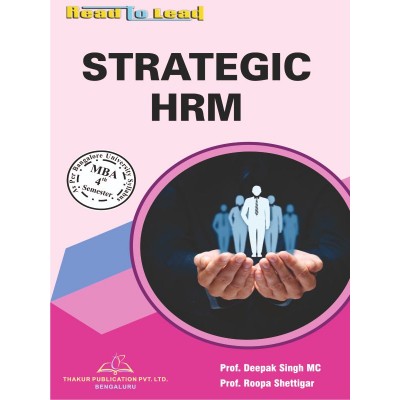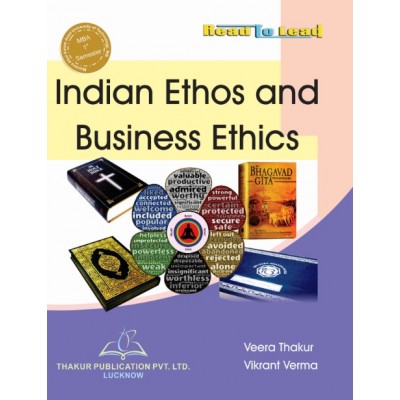Human Resource Management MAKAUT MBA SECOND SEM
Tax excluded
Contents
|
MODULE-1 |
||
|
Chapter 1: Human Resource Management |
||
|
1.1. |
Human Resource Management (HRM) |
11 |
|
1.1.1. |
Meaning and Definition of HRM |
11 |
|
1.1.2. |
Nature of HRM |
11 |
|
1.1.3. |
Scope of HRM |
12 |
|
1.1.4. |
Objectives of HRM |
12 |
|
1.1.5. |
Functions of HRM |
13 |
|
1.1.5.1. |
Managerial Functions |
13 |
|
1.1.5.2. |
Operational Functions |
14 |
|
1.1.6. |
Principles of HRM |
14 |
|
1.1.7. |
Structure of HR Department |
15 |
|
1.1.8. |
Line and Staff Responsibility of HR Managers |
16 |
|
1.1.9. |
Qualities of a Successful HR Manager |
17 |
|
1.1.10. |
Roles of HR Manager |
18 |
|
1.1.11. |
Importance of HRM |
19 |
|
1.2. |
Tracing the Journey from Personnel Management and HRM to HRD to Talent Management |
20 |
|
1.2.1. |
Personnel Management |
20 |
|
1.2.2. |
HRD |
21 |
|
1.2.3. |
Talent Management |
22 |
|
1.3. |
Exercise |
22 |
|
|
|
|
|
Chapter 2: Human Resource Planning |
||
|
2.1. |
Human Resource Planning (HRP) |
24 |
|
2.1.1. |
Meaning and Definition of Human Resource Planning |
24 |
|
2.1.2. |
Nature of Human Resource Planning |
24 |
|
2.1.3. |
Objectives/ Purposes of Human Resource Planning |
25 |
|
2.1.4. |
Factors Influencing Human Resource Planning |
25 |
|
2.1.5. |
Processes of Human Resource Planning |
26 |
|
2.1.5.1. |
Environmental Scanning |
27 |
|
2.1.5.2. |
Organisational Objectives and Policies |
27 |
|
2.1.5.3. |
Demand Forecasting Techniques |
27 |
|
2.1.5.4. |
Supply Forecasting |
28 |
|
2.1.5.5. |
Estimating Manpower Gaps/ Manpower Inventory |
29 |
|
2.1.5.6. |
Action Planning |
31 |
|
2.1.5.7. |
Evaluation and Control |
31 |
|
2.1.6. |
Importance of Human Resource Planning |
31 |
|
2.2. |
Career Planning |
32 |
|
2.2.1. |
Meaning and Definition of Career Planning |
32 |
|
2.2.2. |
Characteristics of Career Planning |
32 |
|
2.2.3. |
Objectives of Career Planning |
33 |
|
2.2.4. |
Process of Career Planning |
33 |
|
2.2.5. |
Importance of Career Planning |
34 |
|
2.3. |
Career Development |
35 |
|
2.3.1. |
Meaning and Definition of Career Development |
35 |
|
2.3.2. |
Characteristics of Career Development |
36 |
|
2.3.3. |
Objectives of Career Development |
36 |
|
2.3.4. |
Steps Involved in Career Development Plan |
36 |
|
2.3.5. |
Importance of Career Development |
37 |
|
2.4. |
Leadership Pipeline |
38 |
|
2.4.1. |
Introduction |
38 |
|
2.4.2. |
Elements of the Leadership Pipeline |
38 |
|
2.4.3. |
Importance of Developing Leadership Pipeline |
38 |
|
2.4.4. |
Creating Leadership Pipeline for all Level |
39 |
|
2.5. |
Succession Planning |
39 |
|
2.5.1. |
Meaning and Definition of Succession Planning |
39 |
|
2.5.2. |
Characteristics of Succession Planning |
40 |
|
2.5.3. |
Objectives of Succession Planning |
40 |
|
2.5.4. |
Types of Succession Planning |
41 |
|
2.5.5. |
Importance of Succession Planning |
41 |
|
2.5.6. |
Career Planning versus Succession Planning |
42 |
|
2.6. |
Rightsizing/ Downsizing |
42 |
|
2.6.1. |
Meaning and Definition of Rightsizing |
42 |
|
2.6.2. |
Characteristics of Rightsizing |
42 |
|
2.6.3. |
Types of Rightsizing |
43 |
|
2.6.4. |
Benefits of Rightsizing |
43 |
|
2.6.5. |
Issues in Rightsizing |
43 |
|
2.7. |
Restructuring |
44 |
|
2.7.1. |
Meaning and Definition of Restructuring |
44 |
|
2.7.2. |
Types of Restructuring |
44 |
|
2.7.3. |
Benefits of Restructuring |
45 |
|
2.8. |
HR Analytics |
45 |
|
2.8.1. |
Concept and Definition of HR Analytics |
45 |
|
2.8.2. |
Features of HR Analytics |
45 |
|
2.8.3. |
Purpose of HR Analytics |
46 |
|
2.8.4. |
Applications of HR and Predictive Analytics |
46 |
|
2.8.5. |
Benefits of Human Resource Analytics |
47 |
|
2.9. |
Human Resource Information System (HRIS) |
48 |
|
2.9.1. |
Meaning and Definition of HRIS |
48 |
|
2.9.2. |
Objectives of HRIS |
48 |
|
2.9.3. |
Components of HRIS |
48 |
|
2.9.4. |
Developing Human Resource Information System (HRIS) to Facilitate Decision Making |
49 |
|
2.9.5. |
Importance of HRIS |
49 |
|
2.10. |
Exercise |
50 |
|
|
|
|
|
Chapter 3: Recruitment and Selection |
||
|
3.1. |
Recruitment and its Alignment with Organisation |
52 |
|
3.1.1. |
Meaning and Definition of Recruitment |
52 |
|
3.1.2. |
Features of Recruitment |
52 |
|
3.1.3. |
Objectives of Recruitment |
52 |
|
3.1.4. |
Methods and Sources of Recruitment |
53 |
|
3.1.4.1. |
Internal Sources |
53 |
|
3.1.4.2. |
External Sources |
54 |
|
3.1.4.3. |
Internal versus External Recruitment |
56 |
|
3.1.5. |
Factors Affecting Recruitment |
56 |
|
3.1.6. |
Recruitment Procedure |
57 |
|
3.1.7. |
Importance of Recruitment |
58 |
|
3.2. |
Selection and its Alignment with Organisation |
58 |
|
3.2.1. |
Meaning and Definition of Selection |
58 |
|
3.2.2. |
Importance of Selection |
59 |
|
3.2.3. |
Sources of Selection/ Steps in Selection Process |
59 |
|
3.2.4. |
Factors Affecting Selection |
60 |
|
3.2.5. |
Barriers to Selection |
61 |
|
3.2.6. |
Difference between Recruitment and Selection |
62 |
|
3.3. |
Interviews |
62 |
|
3.3.1. |
Introduction |
62 |
|
3.3.2. |
Steps in Interview Process |
62 |
|
3.3.3. |
Interview Errors/ Common Mistakes in Interview |
63 |
|
3.3.4. |
Types of Interviews/ Interviewing Methods |
65 |
|
3.3.5. |
Behavioural Event Interviewing |
66 |
|
3.3.6. |
Advantages of Interviews |
67 |
|
3.3.7. |
Disadvantages of Interviews |
68 |
|
3.3.8. |
Understanding the Phenomenon of Day-1 Placement at B-School |
68 |
|
3.4. |
Exercise |
69 |
|
|
|
|
|
Chapter 4: Learning and Development |
||
|
4.1. |
Learning |
70 |
|
4.1.1. |
Meaning and Definition of Learning |
70 |
|
4.1.2. |
Characteristics of Learning |
70 |
|
4.1.3. |
Learning Process |
70 |
|
4.1.4. |
Principles of Learning |
71 |
|
4.1.5. |
Significance of Learning |
72 |
|
4.2. |
Executive Development |
72 |
|
4.2.1. |
Meaning and Definition of Executive Development |
72 |
|
4.2.2. |
Objectives/ Purposes of Executive Development |
73 |
|
4.2.3. |
Methods of Executive Development |
73 |
|
4.2.3.1. |
On-the-Job Methods |
73 |
|
4.2.3.2. |
Off-the-Job Methods |
74 |
|
4.2.4. |
Difference between Training & Executive Development |
75 |
|
4.3. |
Training |
76 |
|
4.3.1. |
Meaning and Definition of Training |
76 |
|
4.3.2. |
Features of Training |
76 |
|
4.3.3. |
Training Methods |
76 |
|
4.3.3.1. |
On-the-Job Methods |
77 |
|
4.3.3.2. |
Off-the-Job Methods |
77 |
|
4.3.3.3. |
Difference between On-the-Job & Off-the-Job Training |
78 |
|
4.3.4. |
Process of Training |
79 |
|
4.4. |
Training Needs Identification/ Training Needs Assessment (TNA) |
80 |
|
4.4.1. |
Meaning and Definition of TNA |
80 |
|
4.4.2. |
Objectives of TNA |
80 |
|
4.4.3. |
Levels of TNA |
80 |
|
4.4.4. |
Methods of TNA |
81 |
|
4.4.5. |
Importance of TNA |
81 |
|
4.5. |
Competency Mapping |
82 |
|
4.5.1. |
Meaning and Definition of Competency Mapping |
82 |
|
4.5.2. |
Objectives of Competency Mapping |
82 |
|
4.5.3. |
Steps Involved in Competency Mapping |
82 |
|
4.5.4. |
Approaches/Methods of Competency Mapping |
83 |
|
4.5.5. |
Advantages of Competency Mapping |
83 |
|
4.5.6. |
Disadvantages of Competency Mapping |
84 |
|
4.6. |
Designing Training Programmes |
84 |
|
4.6.1. |
Meaning of Training Design |
84 |
|
4.6.2. |
Considerations in Designing Training Programmes |
84 |
|
4.6.3. |
Process of Designing Training Programmes |
85 |
|
4.6.4. |
Costs Involved in Training Design |
86 |
|
4.6.5. |
Significance of Designing Training Programmes |
86 |
|
4.7. |
Evaluation of Training |
86 |
|
4.7.1. |
Meaning and Definition of Training Evaluation |
86 |
|
4.7.2. |
Approaches of Training Evaluation |
87 |
|
4.7.2.1. |
Kirkpatrick Model of Training Effectiveness |
87 |
|
4.7.2.2. |
CIRO Model |
87 |
|
4.7.2.3. |
Cost-Benefit Analysis |
88 |
|
4.7.2.4. |
ROI in Training |
88 |
|
4.7.3. |
Methods of Training Evaluation |
MAKAUT/2024/MBA/2/06
41 Items
Data sheet
New
6 other products in the same category:
Comments (0)
No customer reviews for the moment.
Viewed productsCustomers who bought this product also bought: |







